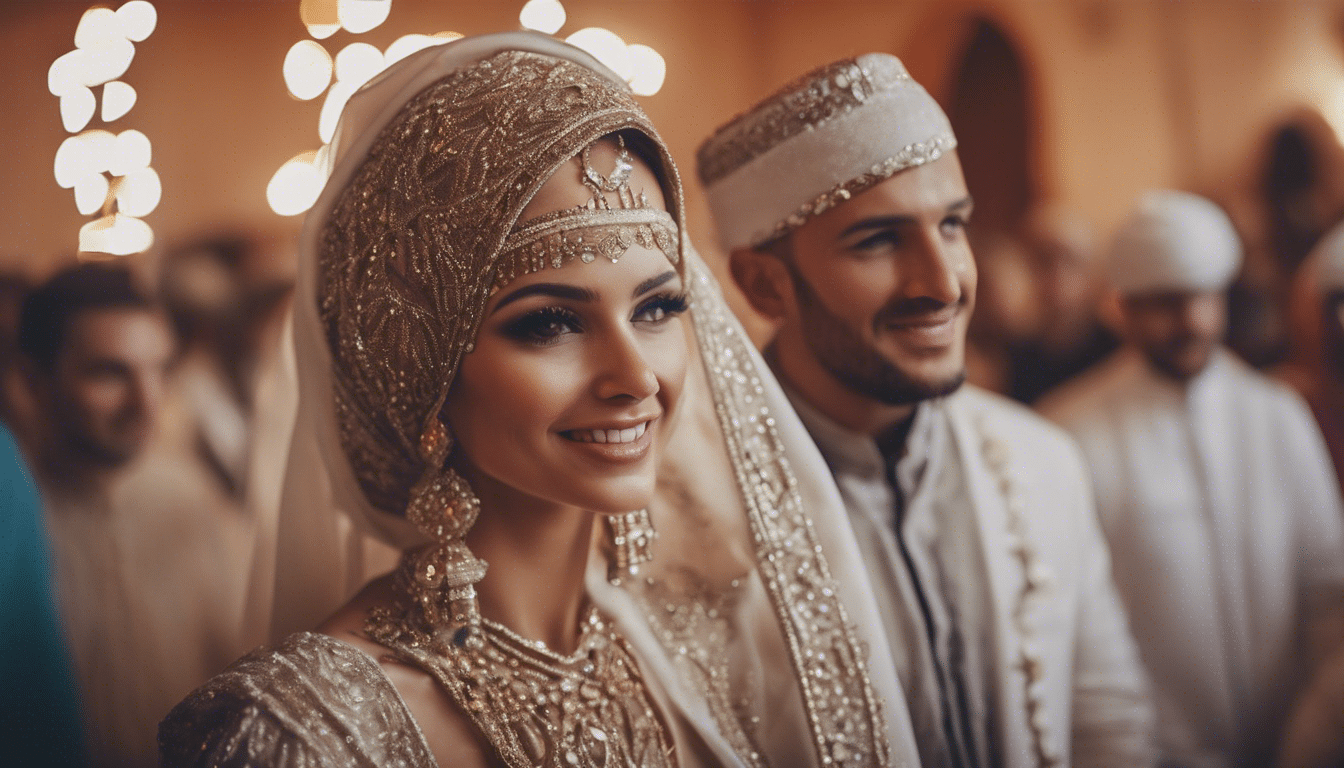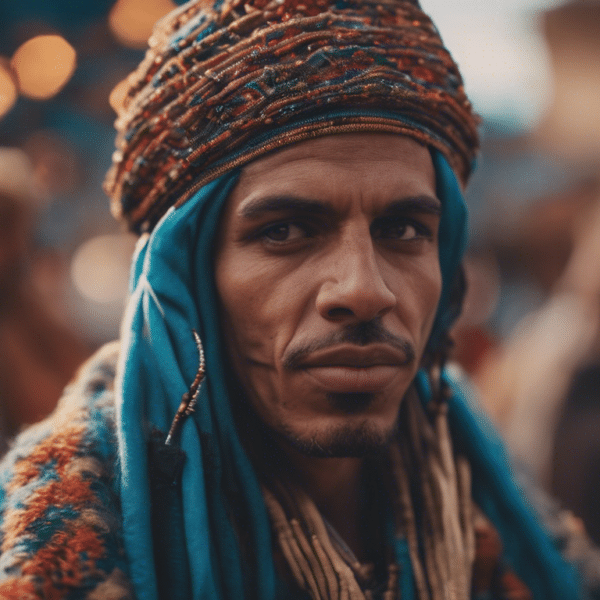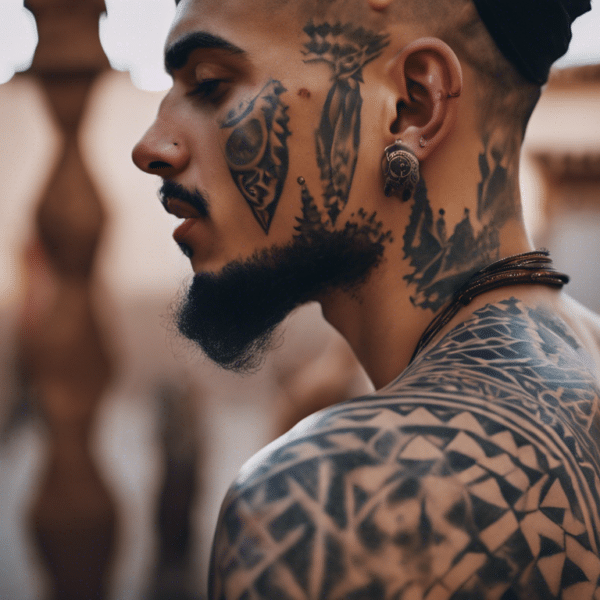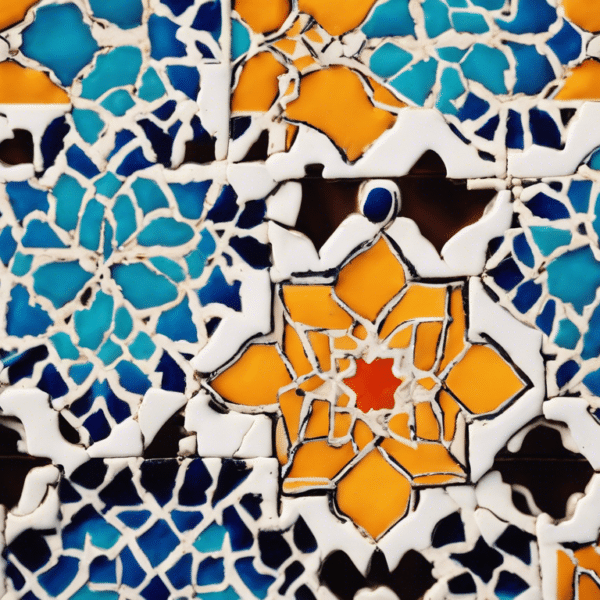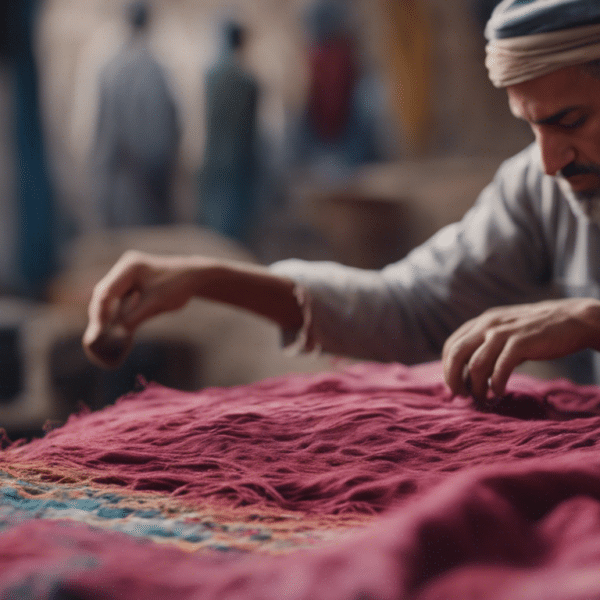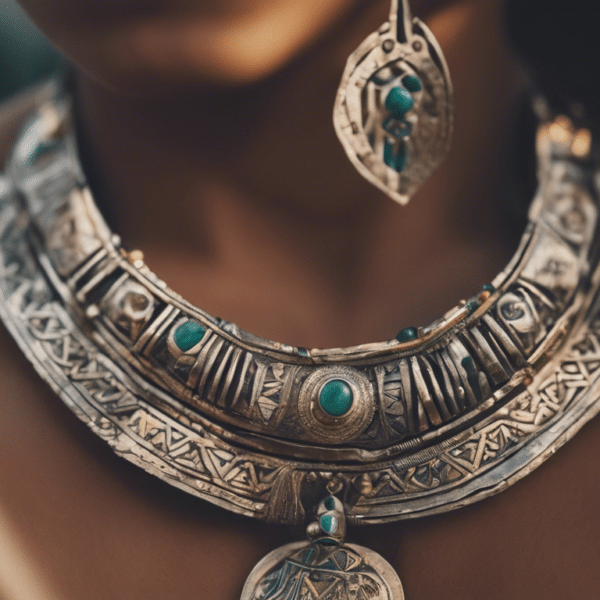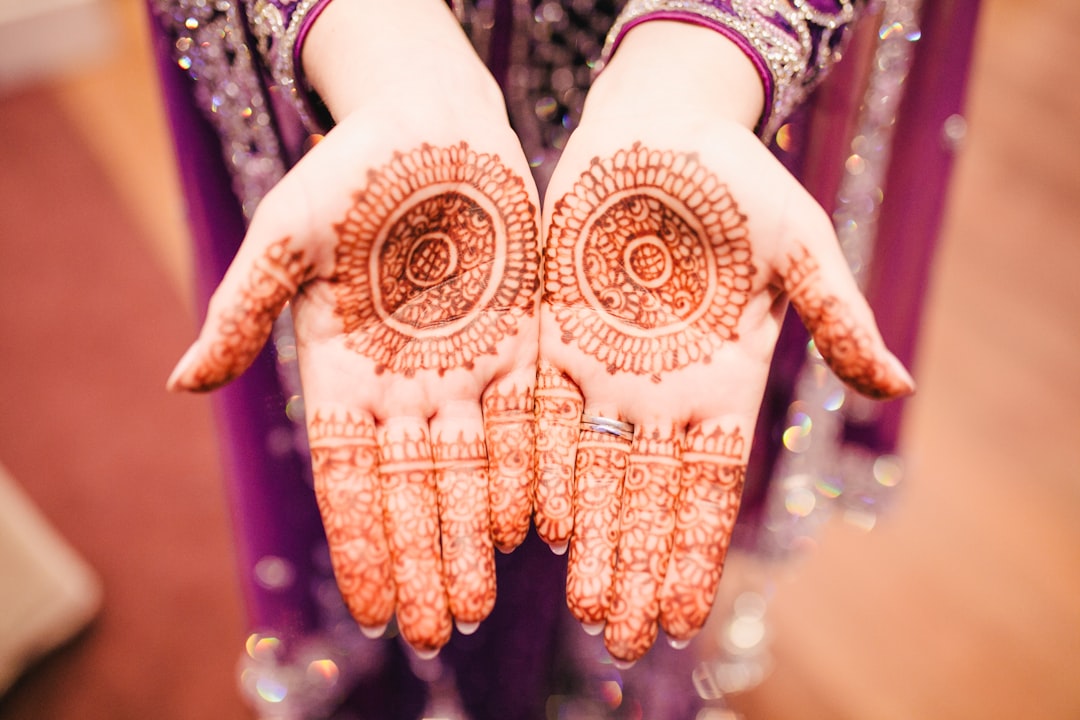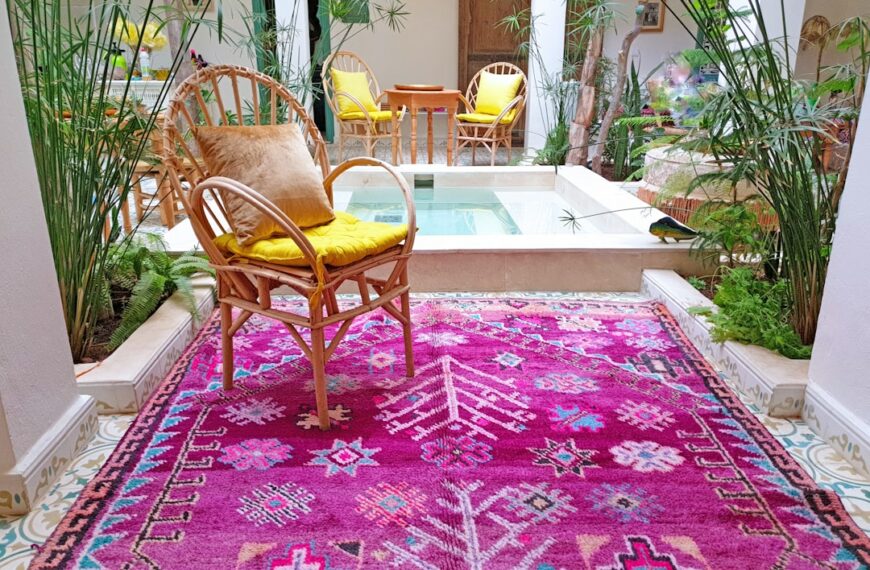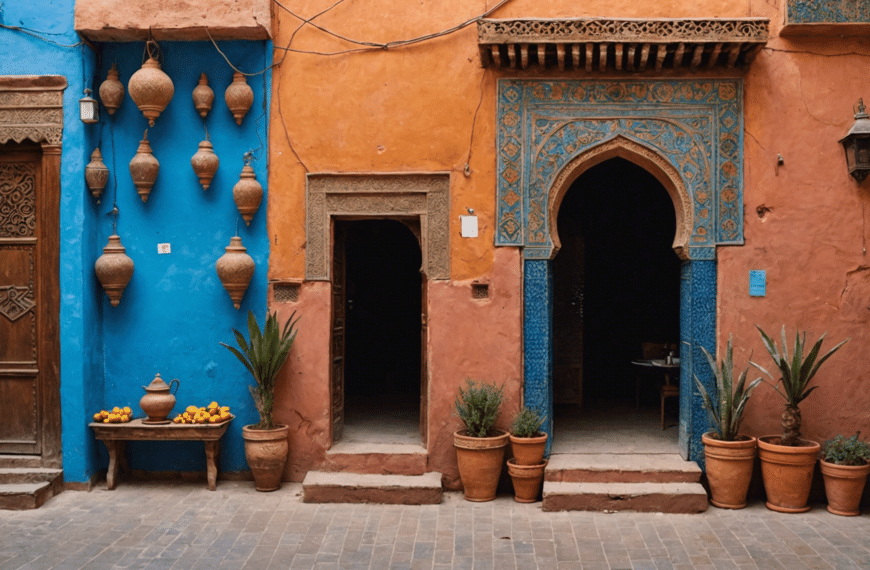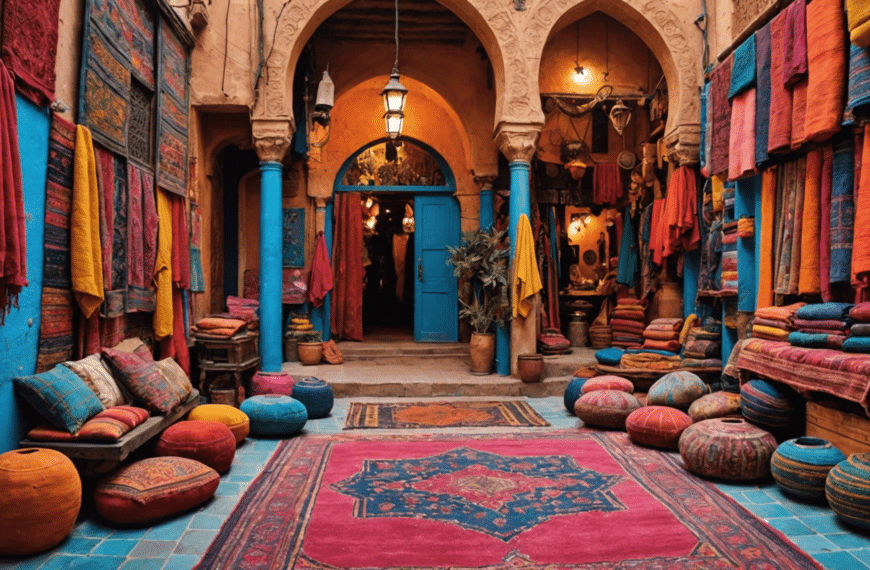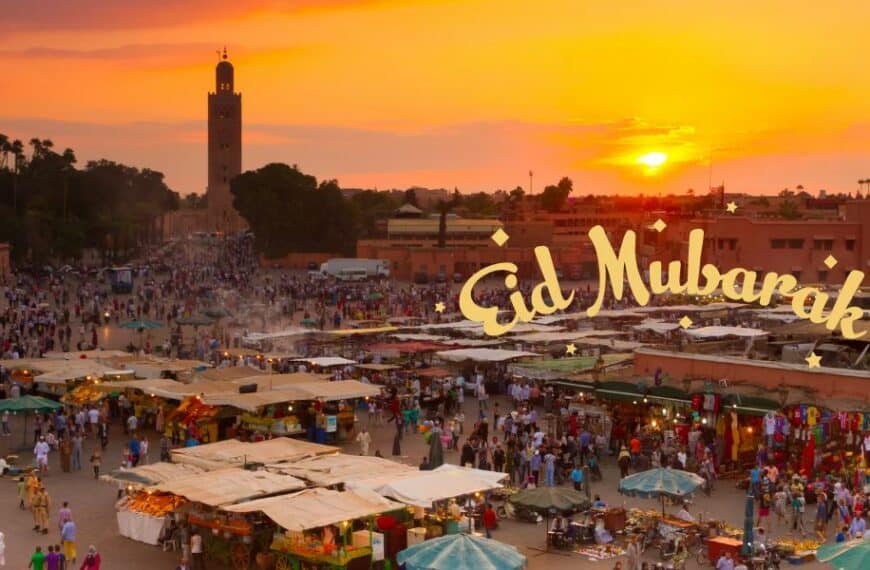Venture into the heart of enchantment and splendor as we pull back the veil on the cherished rites that shape Moroccan wedding traditions. Within this article, we weave through the tapestry of time-honored customs, where the vibrant essence of Morocco’s rich culture blossoms. Amidst the melodious echoes of traditional music and the fragrant waft of orange blossoms, we’ll explore the rituals that have adorned Moroccan nuptials for generations, from the symbolic Henna ceremony to the lavish three-day feasts, echoing the grandeur of ancient times. Each step, a dance; every garment, a story; join us on this captivating journey to discover the soul-stirring ceremonies that turn a Moroccan wedding into an unforgettable celebration of love and heritage.
Overview of Moroccan Wedding Customs
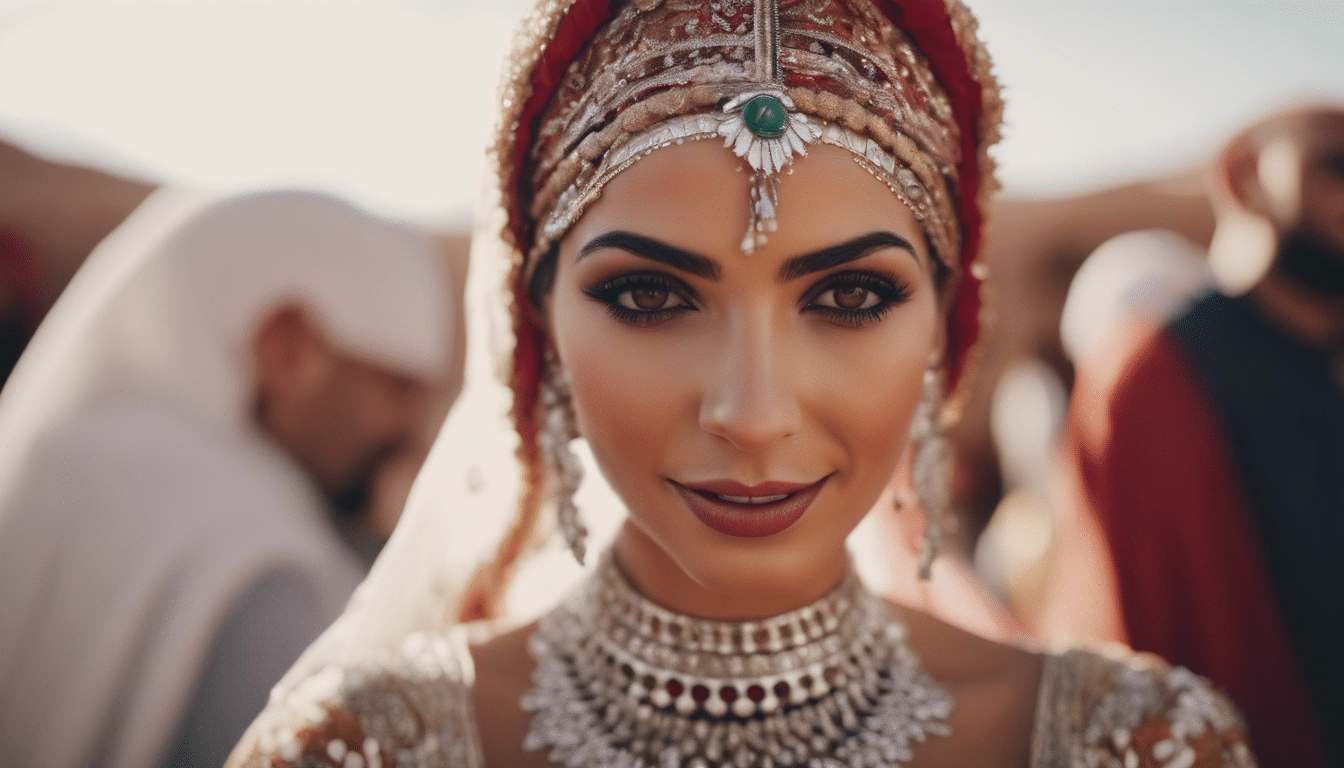
The kaleidoscopic vistas of a Moroccan wedding are bound to captivate any onlooker with their profound splendor and vibrant traditions. Rooted deeply in the country’s rich history and cultural diversity, wedding ceremonies in Morocco are not merely unions of two souls but a harmonious blend of art, ritual, and celebration that span over several days. Let’s embark on a journey through the myriad customs that make Moroccan nuptials a unique and unforgettable experience.
The Pre-Wedding Rituals
Before the grand festivities commence, there’s a whirl of pre-wedding rituals that set the stage for the upcoming extravaganza. One of the pivotal ceremonies is the ‘Hammam Day,’ a bridal spa treatment signifying purification. The bride, accompanied by close female relatives and friends, visits a traditional Moroccan bathhouse, where the air is perfumed with eucalyptus and roses, heralding the purifying baths and rejuvenating treatments to follow.
In the comfort of her home, the bride then partakes in the Henna Ceremony. Here, the intricate designs are not merely adornments; they are believed to bring luck and joy to the bride in her new life. The motifs, a fusion of geometric patterns and symbolic imagery, are applied to her hands and feet, as women within her circle join in, enjoying lighter henna applications themselves.
The ‘Nikah’ – The Wedding Ceremony
The actual marriage ceremony, known as the ‘Nikah,’ is a pivotal and solemn affair. Grounded in tradition, the rituals here include recitations from the Qur’an and an exchange of vows in the presence of a religious officiant. A key highlight is the signing of the marriage contract, which specifies the dowry and mutual rights, symbolizing the legal and spiritual union of the couple.
The Wedding Attire
Another mesmerizing aspect of Moroccan weddings is the bridal attire. The bride dazzles in not one, but multiple outfits throughout the celebrations, each known as a ‘Kaftan’. These garments are paradigms of opulence, embellished with intricate beadwork, embroidery, and precious stones, encapsulating centuries of Moroccan dressmaking art. The final ensemble usually includes a sumptuous white caftan, signifying the bride’s purity.
The Wedding Feast and Festivities
No Moroccan wedding is complete without the grand wedding feast, a lavish spread of Moroccan delicacies that delight the senses. Couscous, pastilla, and rich tagines, accompanied by sweet mint tea, are just a few dishes that grace the tables. As the feast unfolds, the rhythmic beats of traditional Berber music fill the air, and guests are often treated to performances by dancers, musicians, and even fire-eaters, illuminating the night with awe-inspiring displays.
The crescendo of the event is the bride’s presentation. Seated on an ‘Amariya,’ a decorative elevated platform, she is paraded among the guests, reigning as the queen of the night while being showered with blessings and adoration.
Post-Wedding Celebrations
Following the ceremonious days, the couple may partake in quieter, intimate celebrations with family. It is during this time that many brides showcase a ‘Takchita,’ a more simplified yet elegant version of the wedding caftan, as a nod to ongoing festivities.
Indeed, to witness a Moroccan wedding is to be enveloped in a tapestry of customs that are as heartfelt as they are visually and sensually stimulating. It is an experience imbued with soul, color, and a timeless dedication to culture and community.
For those enamored by such deep-rooted customs and eager to behold their magnificence in person, a Moroccan wedding is more than just a ceremony—it is an entrancing gateway into the very essence of love celebrated the Moroccan way. As we wrap our overview of these majestic traditions, remember that they represent a mere glimpse into the profound intricacies and beauty of Moroccan nuptials.
Pre-Wedding Rituals: The Hamam Day and Henna Party
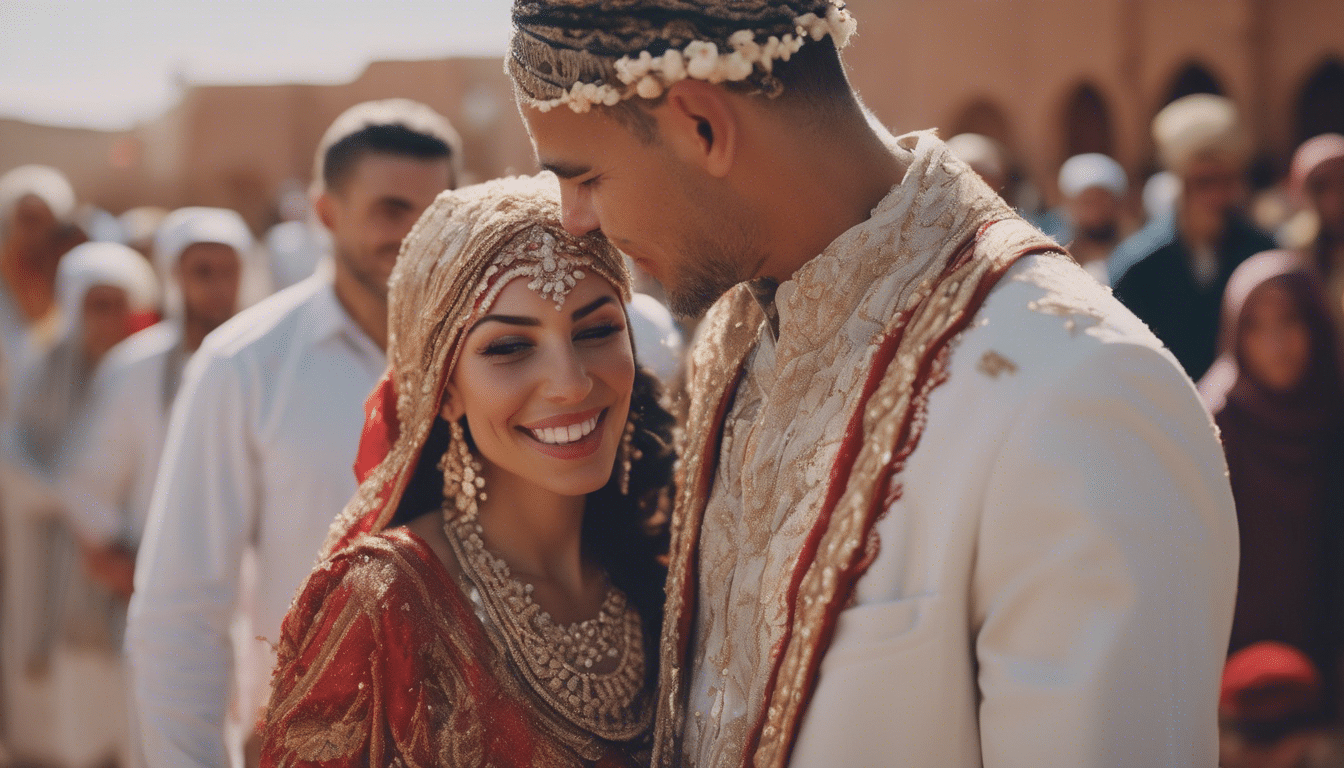
Moroccan Wedding Traditions: Pre-Wedding Rituals
Embarking upon the tapestry of Moroccan wedding traditions, one finds that the nuptial festivities are a kaleidoscope of culture and ancient practices. Intricately woven into the fabric of Moroccan society, these pre-wedding rituals serve as a rite of passage for the bride, blessing her upcoming union with prosperity, purity, and protection. As dusk falls on the days leading up to a Moroccan wedding, two highly significant events beckon: The Hamam Day and The Henna Party.
The Hamam Day: A Cleansing Prelude
The Hamam Day—a ceremonial visit to the traditional Moroccan baths—is a ritual steeped in symbolism. The bride, accompanied by close female relatives and friends, embarks on a journey of purification. Amid the steam and the warmth of the bathhouse, the past is washed away, wrapping the bride in a cocoon of rejuvenation and new beginnings.
Moroccan brides are not just immersed in water but in a centuries-old tradition that transcends physical cleansing; the ritual is believed to purify the soul and mark the bride’s preparation for marital life. Essential oils, beldi soap, and the vigorous scrubbing with a kessa glove leave the bride’s skin glowing, symbolizing her radiance as she steps into matrimonial harmony.
The Henna Party: Inking Tradition
As the Hamam Day concludes, the evening lights the way for the Henna Party. It’s a colorful spectacle where the bride’s hands and feet are intricately patterned with henna—the herbal dye known for its natural cooling properties and considered to be a powerful talisman against negative energies.
In the heart of Morocco, amidst the harmonious chaos of laughter and traditional songs, women gather around the bride, awaiting their turn for a touch of henna as well. The designs, ranging from geometric patterns to floral motifs, are not just adornments; they are visual prayers etched onto the skin, whispering wishes for luck, fertility, and a loving marriage.
In these moments, the bride’s palms often receive the most elaborate care—a canvas depicting the story of a union blessed under the Moroccan sky. It’s said that the darker the henna stains, the deeper the love and stronger the bond between the newlyweds will be.
The Henna Party is not merely about aesthetics; it is about the unity of communities, the sharing of joy, and the honoring of heritage. As the tunes of traditional music waft through the air and the aroma of mint tea entwines with the night, the bride’s journey from singleness to matrimony is celebrated with every brushstroke of henna.
In Moroccan culture, marriages are not just the union of two hearts but a festive amalgam of history and hope, a testament to the beauty of tradition. The Hamam Day and Henna Party are more than mere customs; they are the vibrant threads weaving together the story of a marriage robust with meaning, anticipation, and cultural ethos.
The Amaria and Neggafa: Key Figures in the Celebration
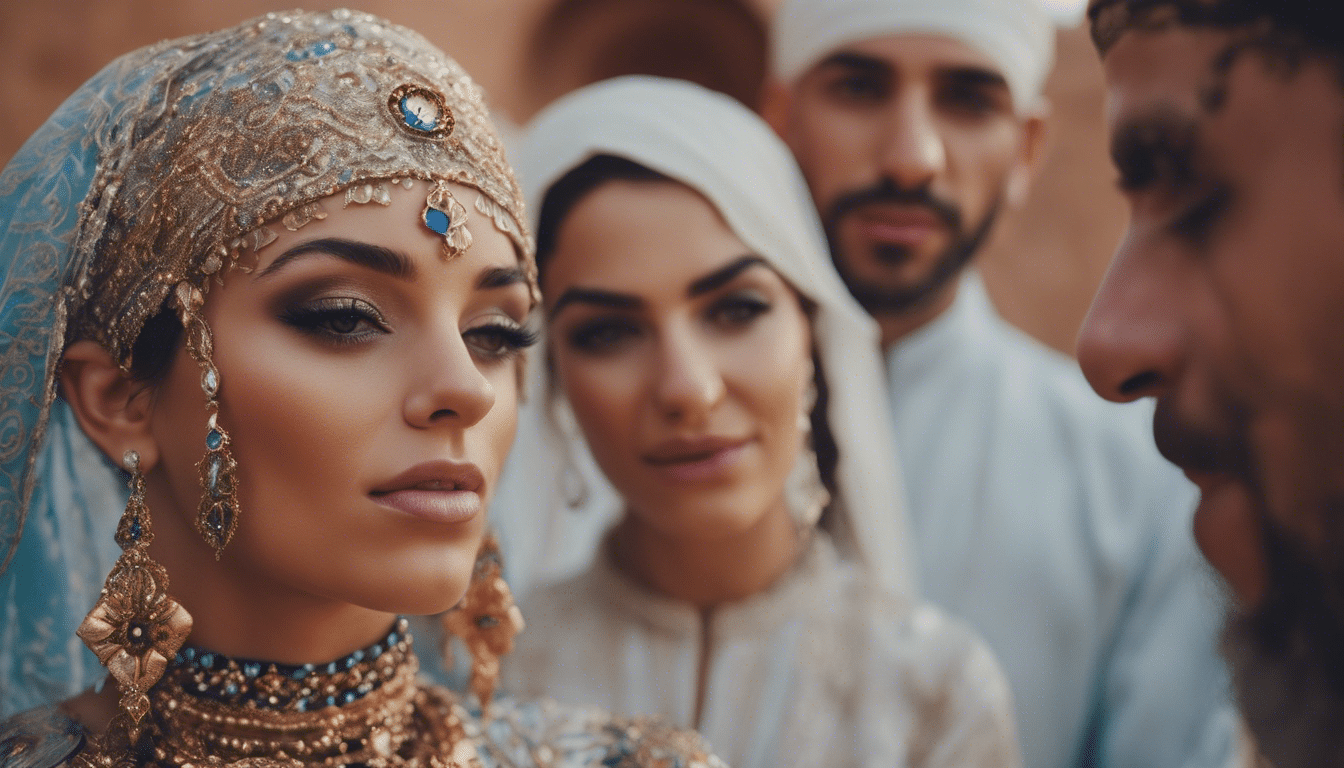
Steeped in centuries of tradition, Moroccan weddings are a vibrant tapestry of culture, joy, and communal celebration. Among the most cherished moments are those that showcase the Amaria and the Neggafa, whose roles are pivotal to the grandeur of the occasion.
The Enigmatic Throne: Understanding the Amaria
The Amaria, an emblem of royalty and grace, is a palanquin-like throne that serves as the centerpiece of the Moroccan wedding procession. The bride, adorned in her splendid wedding attire, is seated upon this elevated dais, which is then shouldered by strong attendants. This ceremonious moment represents the bride’s transition from her parental home to her new life with her groom. The crowd watches in admiration as the bride, ensconced within the Amaria, is carried through the venue, accompanied by the rhythm of traditional music and the ululations of joy from the guests.
Neggafa: The Artist and Confidante
The Neggafa, a term emanating from the Arabic word for ‘to adorn,’ denotes the woman who is the architect behind the bride’s stunning appearance. A seasoned connoisseur in the art of Moroccan bridal aesthetics, the Neggafa is not only responsible for dressing the bride but also for the intricate detail that completes her look — from her makeup and jewelry to the precise draping of the bridal kaftan, which is often a work of art itself.
More than a stylist, the Neggafa is also a mentor and advisor, offering wisdom and guidance as the bride navigates the rituals of her wedding day. With her wealth of experience, the Neggafa ensures that the traditions are honored and the bride’s beauty is accentuated, reflecting centuries of cultural heritage.
Rituals of Resplendence: The Roles of the Amaria and Neggafa
The roles of the Amaria and Neggafa are interlaced throughout the wedding celebration. Their presence is not only essential but also symbolic, encapsulating the richness of Moroccan nuptial customs:
- Entrance Procession: As the Amaria procession commences, it is the Neggafa who ensures that every eye is drawn to the beauty and poise of the bride.
- Dress Change: Amidst the festivities, the bride is adorned with several outfits, each representing a different region of Morocco. The Neggafa orchestrates these changes with seamless perfection, displaying the diversity of Moroccan bridal fashion.
- Photographic Memories: With the Amaria as a stunning backdrop, the Neggafa positions the bride in her most photogenic postures, capturing moments that will be cherished for a lifetime.
Together, the Amaria and Neggafa, through their meticulous and time-honored contributions, elevate a Moroccan wedding from a mere ceremony to an epic narrative that leaves a lasting impression on both the couple and their guests. As expressions of heritage and elegance, they are indeed key figures in the celebration of matrimony in the Moroccan culture.
In a Moroccan wedding, each detail is meticulously planned, and the presence of the Amaria and Neggafa ensures that the traditions are delivered with authenticity and grandeur, making the celebration an unforgettable mosaic of the country’s rich ceremonial customs.

